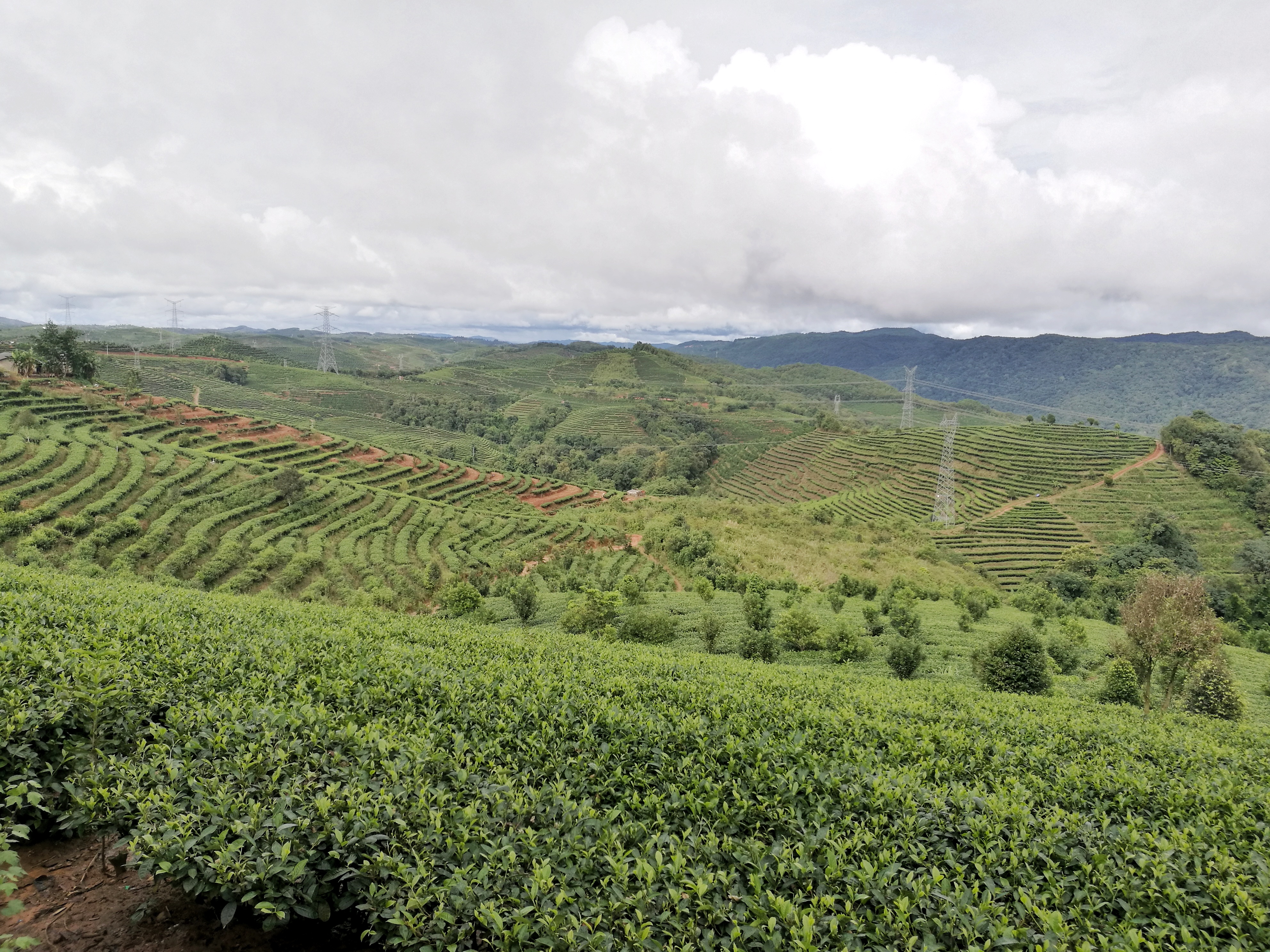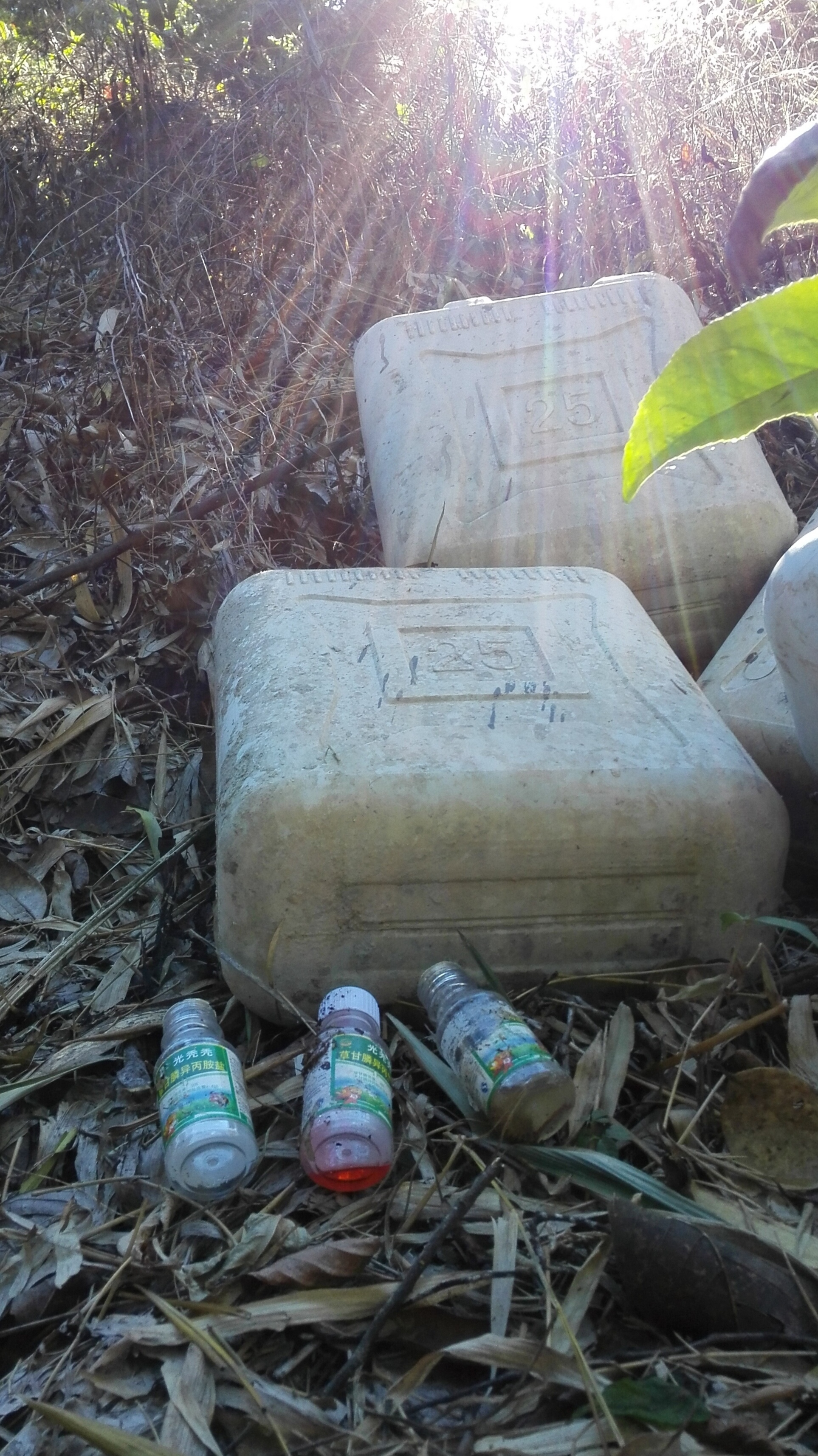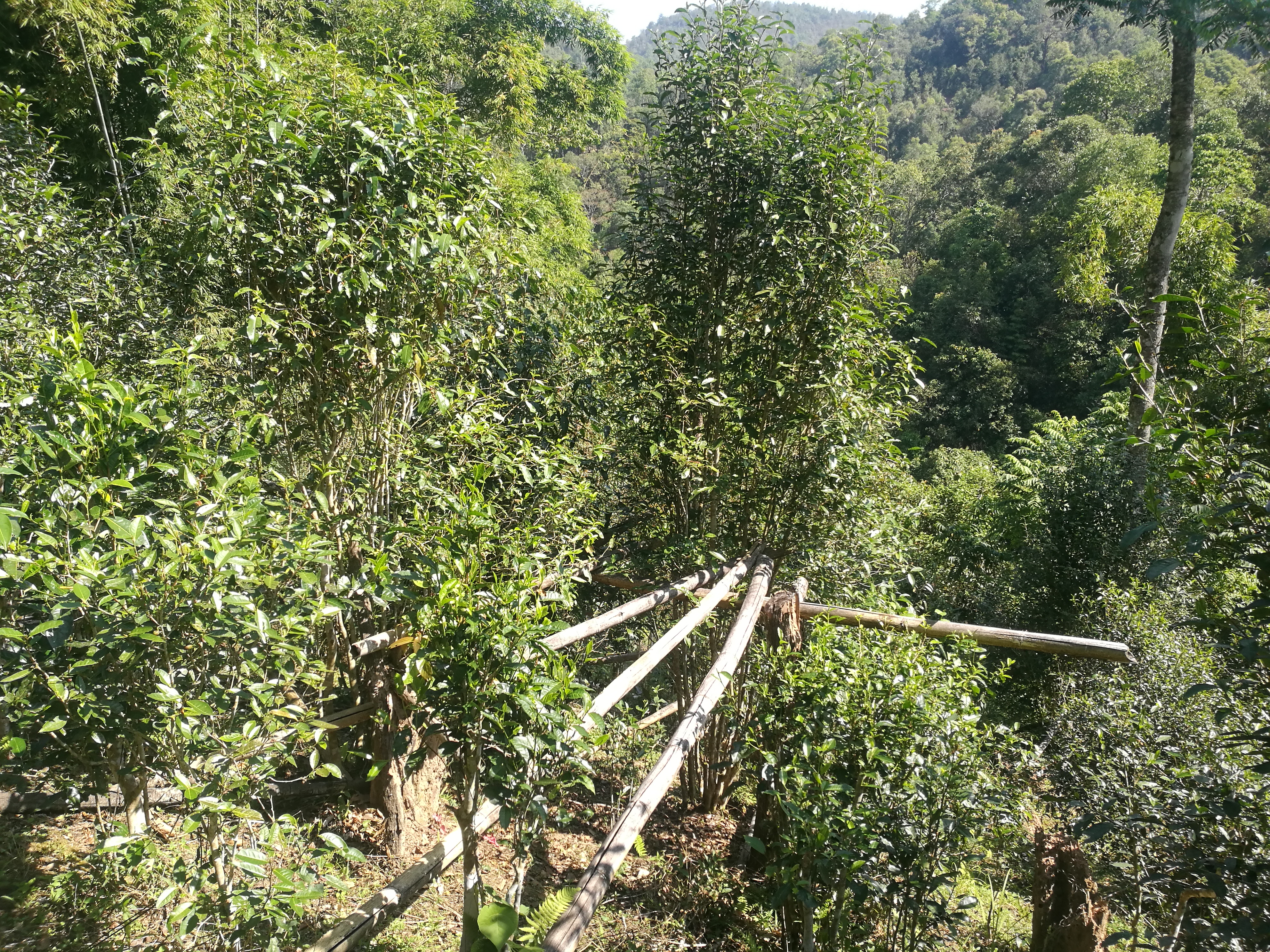There was a brief discussion recently on LinkedIn following a post about Sri Lanka’s decision to ban Glyphosate, and the quandary that poses for tea producers. ‘Should we use Monsanto’s Glyphosate?’ was the title of the piece which went on to discuss how Sri Lanka is facing a dilema over pesticide use. I’m unclear about the timing as Sirisena introduced the ban a good couple of years ago which came after a previous ban was lifted after only a few months, in 2014. So sure, they seem to have been in a quandary over the decision for some time.
It’s a curious question. Imagine one was a world-class athlete who’d got used to taking steroids because they improved one’s performance, but slowly became aware of their harmful effects. If one was winning gold medals it might be hard to give up for fear of lowering one’s level of performance and only getting bronze, or perhaps no medal at all, but in tea there are no medals for performance. What is there to lose? Someone contributed to the discussion by suggesting pesticides are necessary to maintain production levels in an ever more populated world where starving people would ‘willingly risk an excess MRL or two rather than have no food.’ But tea is not food, though it may well be considered a staple by many folks in poorer parts of the world.
And Roundup is not insecticide. Not using it is not going to result directly in infestations of insects that will eat the crops or damage tea bushes, or maybe rust which will damage the leaves. The worst that can happen is that folks have to go into tea gardens and weed by hand. That’s about profit, or maybe reducing losses. But it’s hard to imagine using herbicides to keep labour costs down is going to turn a loss-making business round. On the other hand, opting for more labour intensive/creative methods of dealing with the problem, as Sri Lanka appears to have done may well prove worthwhile if it results in a more desirable tea. With Sri Lanka’s objective of reducing large scale plantations in favour of smaller family run tea gardens, it is ironically becoming more like Southern Yunnan.
Yunnan’s history of tea cultivation is rather different from Sri Lanka’s where the tea industry was developed by the British in colonial times. In Yunnan, the government has at various stages had a hand in developing the tea industry, but in Xishuangbanna there are not that many large scale plantations outside of some of the big tea factories and areas like Da Du Gang. There are a lot more in the Lincang/Lancang area. There were large scale (re) planting programmes around the middle of the 20th century, particularly in the Menghai area, but most tea producers are still smallholder farmers who are their own bosses. Many of them have in the past still choosen to use agro-chemicals in some way, certainly in bush tea plantations, but it has been a personal choice.
Even though the use of agro-chemicals has in theory been banned in ancient tea tree gardens, it still happens, particularly with something like Glyphosate, the use of which will significantly reduce the labour time required by a tea farmer to manage his/her tea gardens. But ‘market forces’ eventually will prevail in most situations.
More and more people understand, and are able to detect where Glyphosate has been used, and are averse to buying tea that may have been treated with it. So even when a buyer is not able themselves to detect its use, the fear that a customer may is a factor that will cause a buyer to err on the side of caution. This increasing awareness also brings other complications. Pretty much gone are the days when asking the farmer directly about which agro-chemicals they may have used would elicit a straightforward answer. One needs to be more wiley.
I was with a friend, and a friend of his, visiting some tea villages some way north of Yiwu. I had heard of a garden of 40-50 year old trees that had never been treated with agro-chemicals,so my friend had elicited the help of his friend who was from the area to see if we could find it. When we went into a village and found some tea that seemed like it might be interesting, he would say ‘这款茶不会超标吧’ /This tea isn’t over the limit (for agro-chemicals) is it? ‘应该不会!’ / It ought not to be!’ was the typical response. With its element of doubt, it was all you needed to know.
But doubt is persistent. Despite the EU having an MRL for glyphosate of 2mg/kg, none of the main testing companies, as far as I can tell, includes Glyphosate in any standard testing package. As I’ve discussed before, it’s apparently because Glyphosate requires a different method of testing, so cannot be batch tested along with a slew of other agro-chemicals. So it’s fairly common, here at least, for people to claim their tea ‘meets European import standards’, but miss or omit the fact that Glyphosate is not on the list, as a guy I know did, proudly announcing that four of his teas had all passed the ‘欧盟标准/European standard test’ and were chemical free, but he had missed that Glyphosate was not on the list. (Actually, in order to economise he had mixed four teas together and tested them as one, thus further compromising the test, but that’s another story).
P.S.In doing some recent online reading I revisited the Greenpeace – Lipton tea story and realised that there too, Glyphosate was absent. I have tried writing to someone at Greenpeace to better understand that absence: was it that Glyphosate was not tested for, or that it was, and none was found. If that were the case, given the number of other chemicals the teas had in them, it would be news-worthy in itself.
For an earlier piece on Glyphosate plus links to additional reading see here



